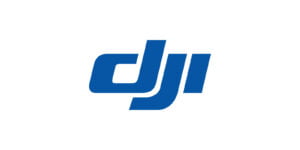The IT security company Check Point Software Technologies warns of an increased risk of phishing attacks during Black Friday. An emerging trend is for fraudsters to impersonate well-known delivery companies and high-end brands such as Louis Vuitton, Ray Ban and Rolex. The attacks are mainly via email, and it is important for consumers to be extra vigilant when shopping online during the Black Friday and Christmas shopping season.
Table of Contents
The biggest shopping periods, Black Friday and Christmas shopping, are approaching, and in connection with this, the risk of fraud also increases.
This year, fraud is particularly targeting delivery companies, and in October 2023, Check Point Software observed a 13 percent increase in malicious files linked to orders and deliveries compared to the same period last year.
Over the past month, we have noticed a significant increase in phishing attacks related to deliveries and online shopping. It is therefore of great importance that consumers pay extra attention now that we are approaching the most popular online shopping period of the year, says Mats Ekdahl, security expert at Check Point Software. With the increased use of AI by cybercriminals, it is becoming more difficult to visually identify phishing emails, emphasizing the need to ensure that both businesses and individuals have up-to-date systems to protect themselves.

Here are three tips for spotting attempted fraud:
- Ignore the display name – The display name of phishing emails is often distorted to hide the true sender. Instead, check the sender's email address to verify that it is from a trusted source.
- Verify the sender's domain – scammers often use an incorrect domain similar to the organization they are trying to impersonate. Pay attention to misspellings or variations and compare with the company's official website. Differences indicate a potential scam.
- Check links before clicking – phishing attacks aim to get the victim to click on malicious links. By examining the links, you can ensure that they lead where they claim. Hover over the link without clicking to preview the destination. A safe trick is to avoid clicking on email links and instead visit the company's website directly from the browser.
For more information, read Check Point Software's blog: https://blog.checkpoint.com/research/november-shopping-schemes-check-point-research-unveiling-cybercriminal-tactics-as-luxury-brands-become-pawns-in-email-scams/















